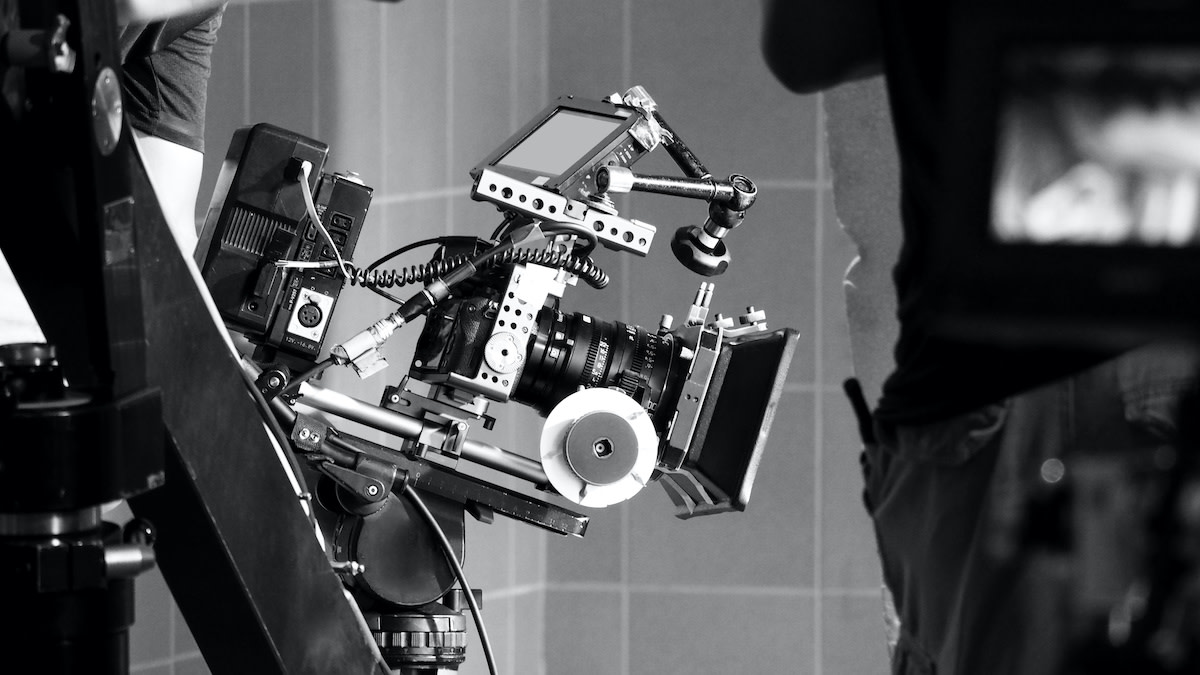High-Angle Shot Explained: How to Shoot a High-Angle Shot
Written by MasterClass
Last updated: Sep 28, 2021 • 2 min read
Modern filmmakers use a wide variety of camera shots to elicit emotion including the point-of-view shot (POV), close-up shot, over-the-shoulder shot, extreme long shot, and extreme wide shot. One particularly effective camera angle to put on your shot list is the high-angle shot.
Learn From the Best
What Is a High-Angle Shot?
A high-angle shot is a camera angle where the camera films a subject from slightly above. This type of shot creates a narrative sense of submissiveness and vulnerability because it appears as though the viewer is looking down on the subject of the shot from a higher vantage point.
High-angle shots appear frequently in filmmaking. Alfred Hitchcock used this type of shot to make an audience feel dread on behalf of the protagonist. Psycho, Vertigo, North By Northwest, and Shadow of a Doubt all abound with high-angle shots. Orson Welles also used this cinematic technique in Citizen Kane, as did Frank Darabont in The Shawshank Redemption.
4 Types of High-Angle Shots
Directors and cinematographers employ many types of high-angle shots in the filmmaking process. Consider the common examples of high-angle shots taught in film schools and used in real-world cinematography.
- 1. Narrative high-angle shot: These shots provide information to the audience that may not be reflected in the dialogue. By angling the camera downward from a high point, the director can fill the shot with more visual cues than might be available in an eye-level shot.
- 2. Character-driven high-angle shot: Characters take on new meaning when shot from different camera points. Characters filmed head-on from a high angle may seem weak or submissive. Characters filmed from behind at a high angle may seem mysterious. The power dynamics invert on low-angle shots, which often make a character look powerful.
- 3. Visceral high-angle shot: These types of camera shots are typically designed to elicit a strong emotional reaction or sense of unease in a viewer. Certain vantage points—like straight down from the side of a tall building—can invoke sensations of fear, disorientation, or even comedy. This is somewhat different from a bird’s eye view shot, which offers sweeping views from high up and is often used as an establishing shot to provide a sense of place.
- 4. Wide high-angle shot: Filmmakers can combine a high-angle shot with different shot sizes. A wide high-angle shot lets a director insert more information into a shot and can minimize overall camera movements. Some pre-production storyboards notably show scenes using high, wide-shot frames to squeeze in background information.
How to Shoot a High-Angle Shot
The key factor in creating high-angle shots is using the right equipment and staging.
- 1. Use special equipment. You can create high angles using a camera stick, using a crane shot, or even by using a drone for a high-angle aerial shot.
- 2. Take advantage of your surroundings. This may mean standing on a stairwell landing or a balcony and filming subjects below you. Outdoors, it may mean standing atop a boulder or on top of a hill with subjects further down.
- 3. Use creative staging techniques. The simplest way to create a high-angle shot is through staging. By staging your subjects in a seated or prone position, or by directing them to cower in fear, you can naturally create a high-angle shot by simply standing upright and angling your camera downward.
Want to Learn More About Film?
Become a better filmmaker with the MasterClass Annual Membership. Gain access to exclusive video lessons taught by the world’s best, including James Cameron, Spike Lee, David Lynch, Shonda Rhimes, Jodie Foster, Martin Scorsese, and more.
